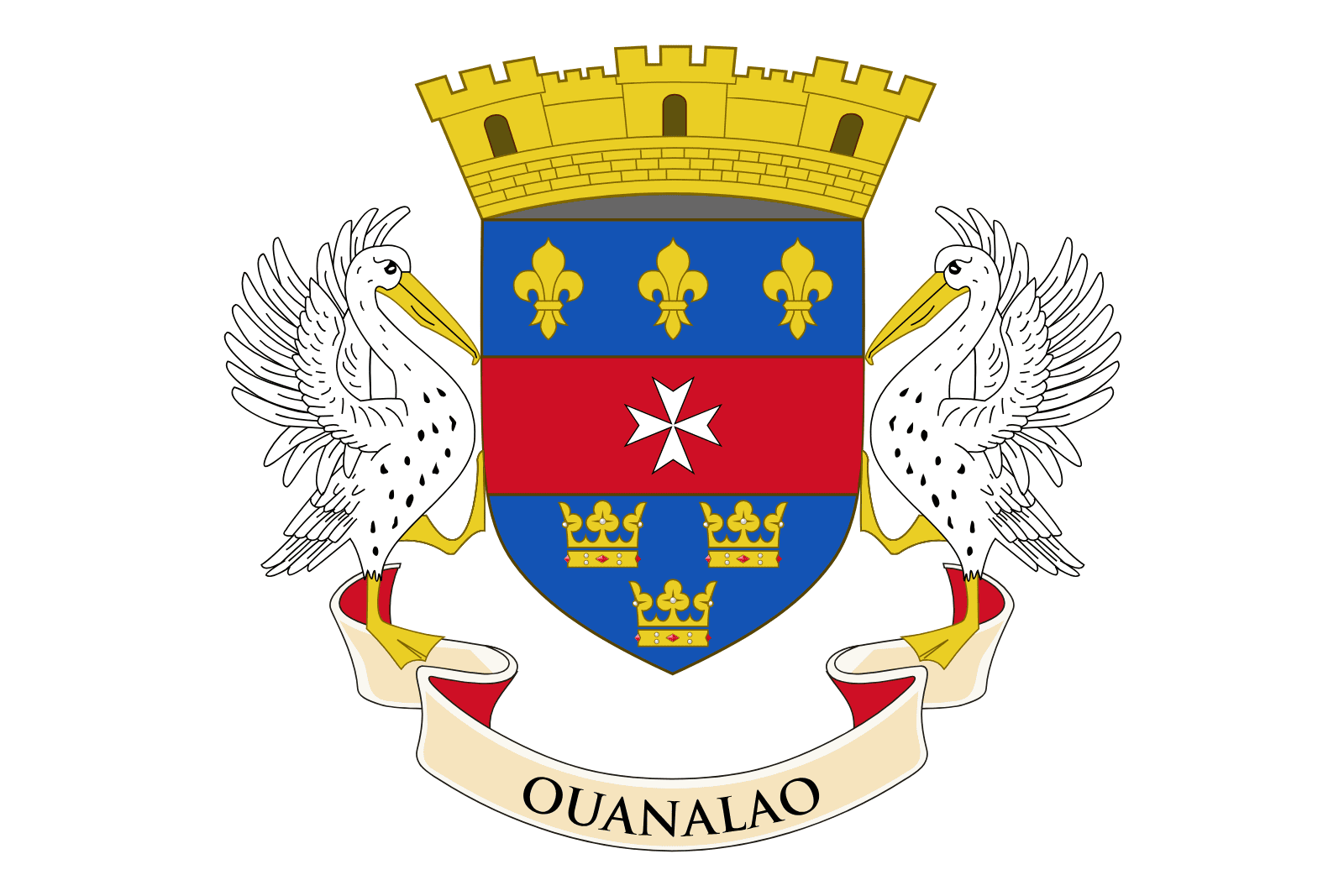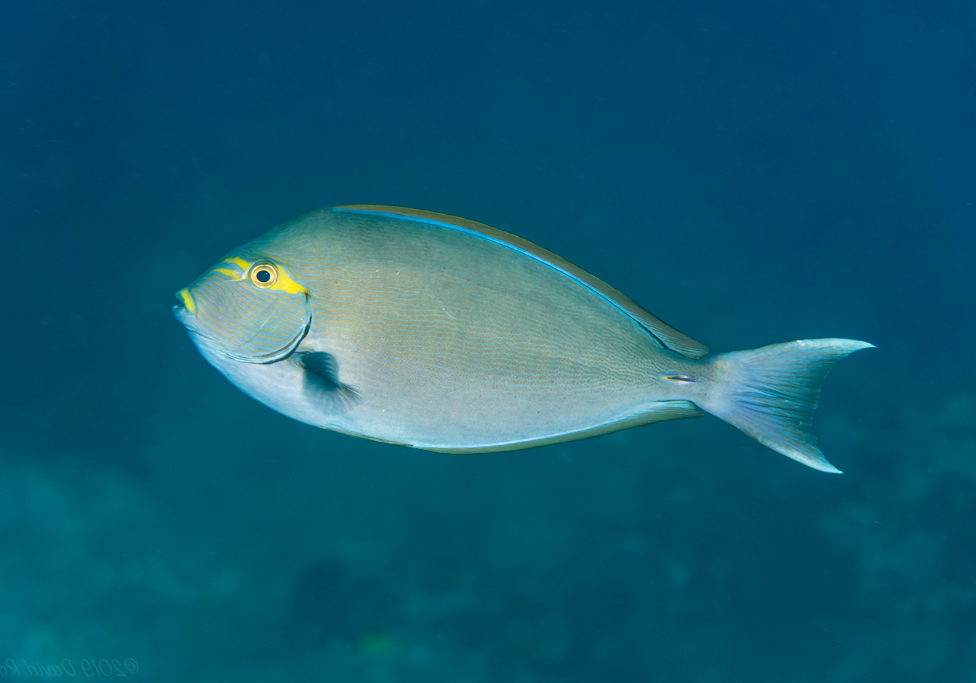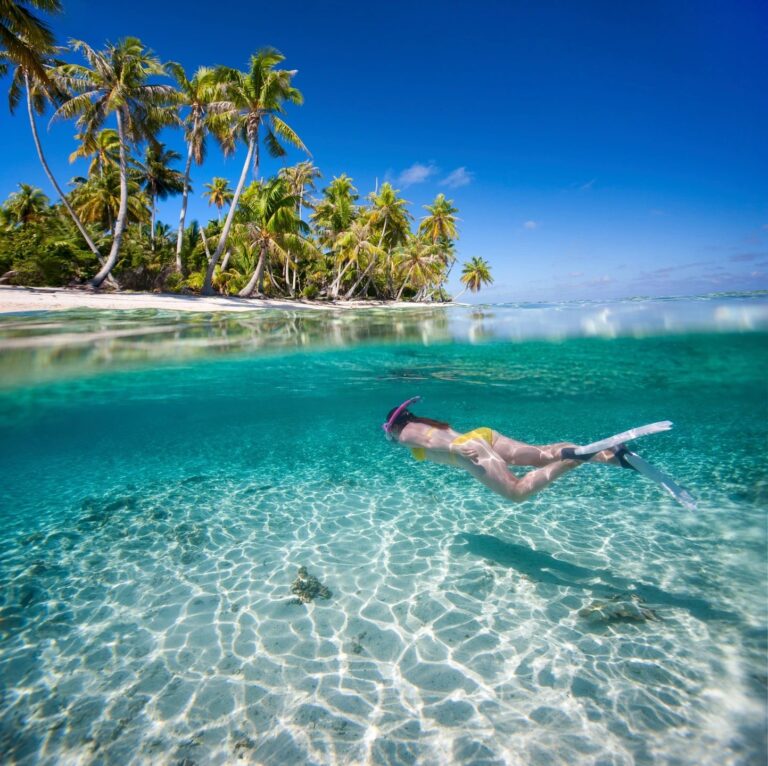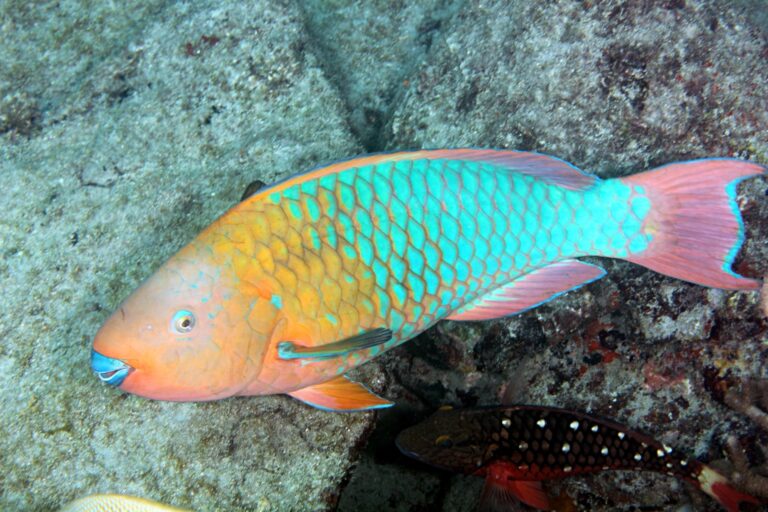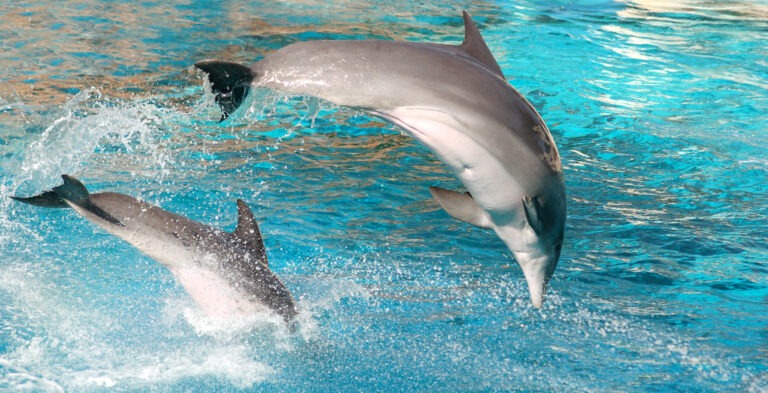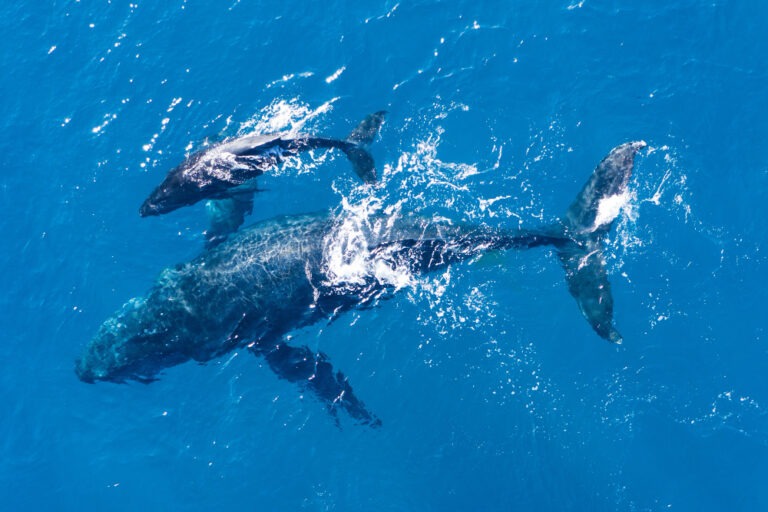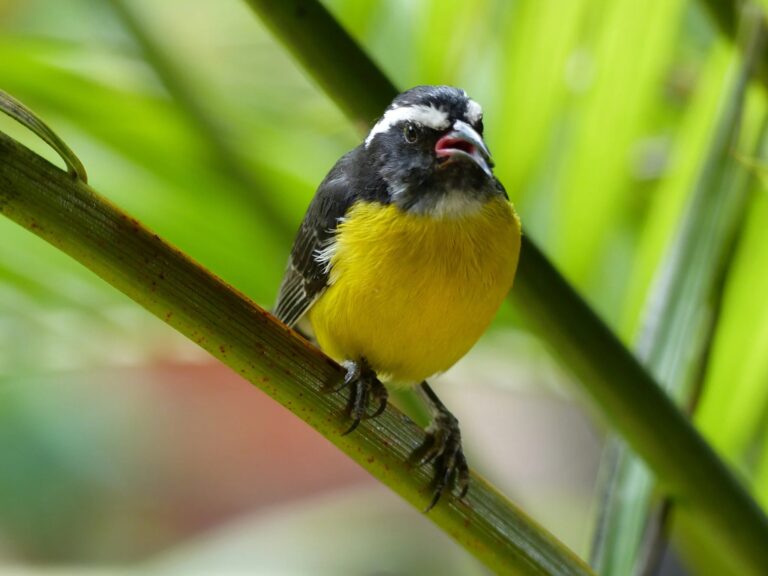Surgeonfish
Surgeonfish, belonging to the Acanthuridae family, are a common sight in the vibrant waters surrounding St. Barthélemy (St. Barths), an island nestled in the Caribbean Sea. Known for their striking appearance and unique biological features, surgeonfish play a crucial role in the marine ecosystem of this picturesque island. St. Barths, renowned for its clear turquoise waters, pristine beaches, and thriving coral reefs, provides an ideal habitat for these fascinating creatures, making it a prime destination for snorkeling and diving enthusiasts eager to explore the underwater world.
Surgeonfish are easily identifiable by their laterally compressed bodies and the sharp, scalpel-like spines located near the base of their tails. These spines, which give the fish their name, are used primarily for defense against predators. The spines can inflict painful wounds, deterring potential threats. The vibrant coloration of surgeonfish varies widely among species, ranging from shades of blue, yellow, and gray to intricate patterns of stripes and spots. This coloration not only adds to their allure but also aids in camouflage and communication within their schools.
In the waters around St. Barths, surgeonfish are often observed swimming in schools, a behavior that offers several advantages. Schooling provides safety in numbers, reducing the likelihood of individual fish being targeted by predators. Additionally, it enhances their foraging efficiency, allowing them to graze on algae more effectively. Surgeonfish are primarily herbivorous, feeding on algae that grow on coral reefs. This grazing activity is vital for the health of coral reefs, as it prevents the overgrowth of algae, which can otherwise smother corals and hinder their growth.
The coral reefs around St. Barths are teeming with marine life, and surgeonfish are integral to maintaining the delicate balance of this ecosystem. By controlling algae populations, they help sustain the health and diversity of coral reefs, which in turn support a wide array of marine species. The presence of healthy coral reefs also attracts tourists and divers, contributing to the local economy through ecotourism.
St. Barths offers numerous opportunities for visitors to experience the beauty of its underwater world and observe surgeonfish in their natural habitat. The island’s marine environment is protected by several conservation measures, ensuring that the reefs and their inhabitants remain pristine. Popular snorkeling and diving spots, such as Colombier Beach, Petite Anse, and the marine reserve around Île Fourchue, provide excellent visibility and the chance to encounter surgeonfish among other marine species.
Snorkeling and diving excursions in St. Barths are often guided by experienced professionals who are knowledgeable about the local marine life and conservation efforts. These guided tours offer visitors a deeper understanding of the importance of preserving the delicate marine ecosystem and the role that species like surgeonfish play in its health. Educational initiatives and sustainable tourism practices are encouraged to minimize the impact on the environment and ensure the long-term protection of the island’s natural resources.
Surgeonfish are a captivating and essential component of the marine ecosystem in St. Barths. Their distinctive appearance, schooling behavior, and role in maintaining the health of coral reefs make them a fascinating subject for study and observation. The clear waters and rich biodiversity of St. Barths provide an unparalleled opportunity for marine enthusiasts to immerse themselves in the underwater world and witness the beauty and complexity of life beneath the waves. By promoting conservation and sustainable tourism, St. Barths continues to protect its marine environment, ensuring that future generations can enjoy the splendor of its coral reefs and the vibrant marine life that calls them home.

